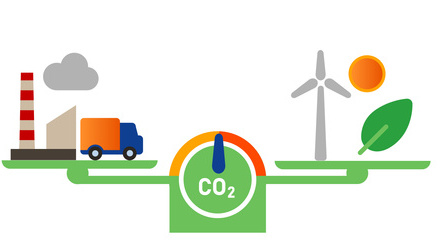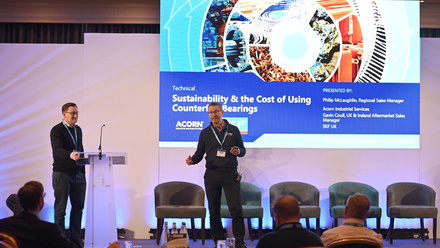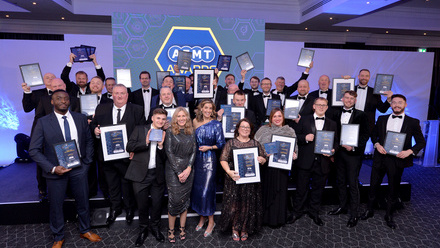Understanding Vacuum Pressure Impregnation
First introduced back in the 1960s, Vacuum Pressure Impregnation (VPI) is a process that enhances the reliability, performance, and lifespan of electric motors. Predominantly used in the repair and manufacturing of electric motors, VPI addresses many of the challenges faced in motor maintenance. Essentially, it is a method used to improve the insulation properties of electric motors by thoroughly impregnating the windings with a high-quality insulating resin under vacuum and pressure.
The process consists of several key steps. Firstly, the motor or component is cleaned and prepared, with all necessary repairs made before the impregnation process. The stator or rotor is then placed in a sealed chamber, and air and moisture are removed by creating a vacuum, ensuring that the winding is free of contaminants that could affect the impregnation quality. Then, under vacuum, the chamber is filled with the impregnation resin before pressure is applied to ensure the resin penetrates deeply into the windings and any voids. Finally, the impregnated part is cured, typically in an oven, solidifying the resin and ensuring a robust, uniform insulation system.
ADVANTAGES OF VPI
Using VPI as part of the electric motor repair process should significantly improve the electrical, mechanical, thermal, and chemical resistance properties of the motor's windings. The impregnation process eliminates air gaps and voids, reducing the risk of insulation failure and thereby extending the motor's operational life.
By filling all voids within the windings, VPI also improves heat dissipation, allowing the motor to run cooler and more efficiently. This is particularly beneficial in high-load applications where thermal management is critical.
In addition, the resin used in the VPI process provides good resistance to moisture, solvents, and other chemicals, making it ideal for motors operating in harsh environments, such as chemical plants or outdoor installations. While the impregnation process enhances the mechanical strength of the windings; protecting against vibration and mechanical stress, which is vital for motors in applications involving high torque or frequent starts and stops.
COST VERSUS BENEFIT
While there are several valuable benefits to using the VPI process as part of a motor repair, it's not always justified. Due to the specialised equipment and materials required, the VPI process can be more expensive than traditional varnishing methods. So, for smaller, less critical motors, the cost of VPI may not be justified when cheaper repair or even a more efficient replacement motor might be a better option.
However, for motors that are crucial to operations or have high replacement costs, VPI can offer significant savings by extending service life and reducing downtime. In environments where motors are exposed to moisture, chemicals, or extreme temperatures, VPI provides a level of protection that can prevent premature failure. And for high-power applications or motors with unique operational requirements, VPI enhances performance and reliability, making it a worthwhile investment.
CONCLUSION
By offering superior insulation quality, improved thermal management, and enhanced protection against environmental factors, VPI can extend the life and performance of electric motors. While the initial costs associated with VPI may be higher than traditional methods, the long-term benefits in terms of reliability, efficiency, and operational lifespan often justify the investment, especially for high-value or critical motors.
However, understanding the benefits and limitations of VPI is crucial for making informed decisions about motor maintenance strategies.
There are many more variables than we can cover in this article when considering whether VPI is benefical in any given scenario. One of the best ways to establish whether your motor or application would benefit from VPI is to talk to an electromechanical repair specialist. The member search section of the AEMT website allows users to search for a repair partner by categories, including location and services offered.






